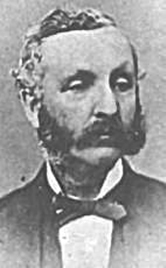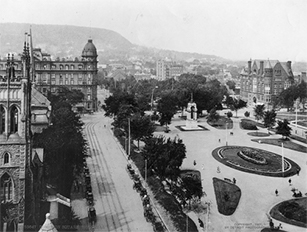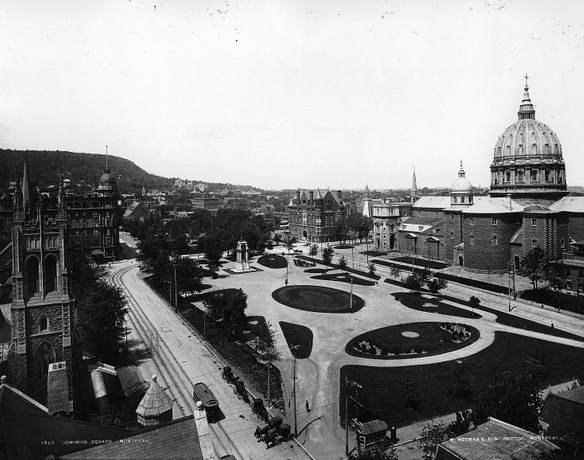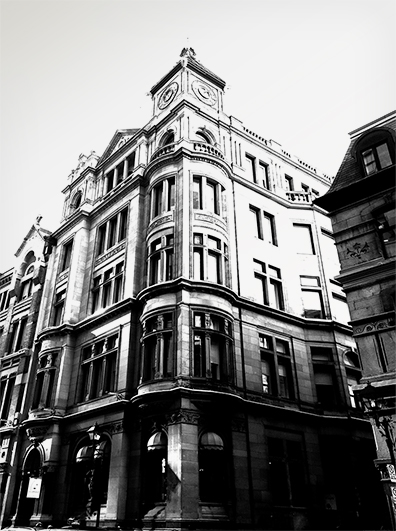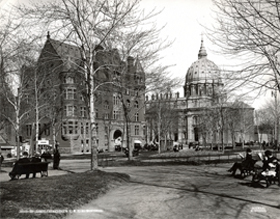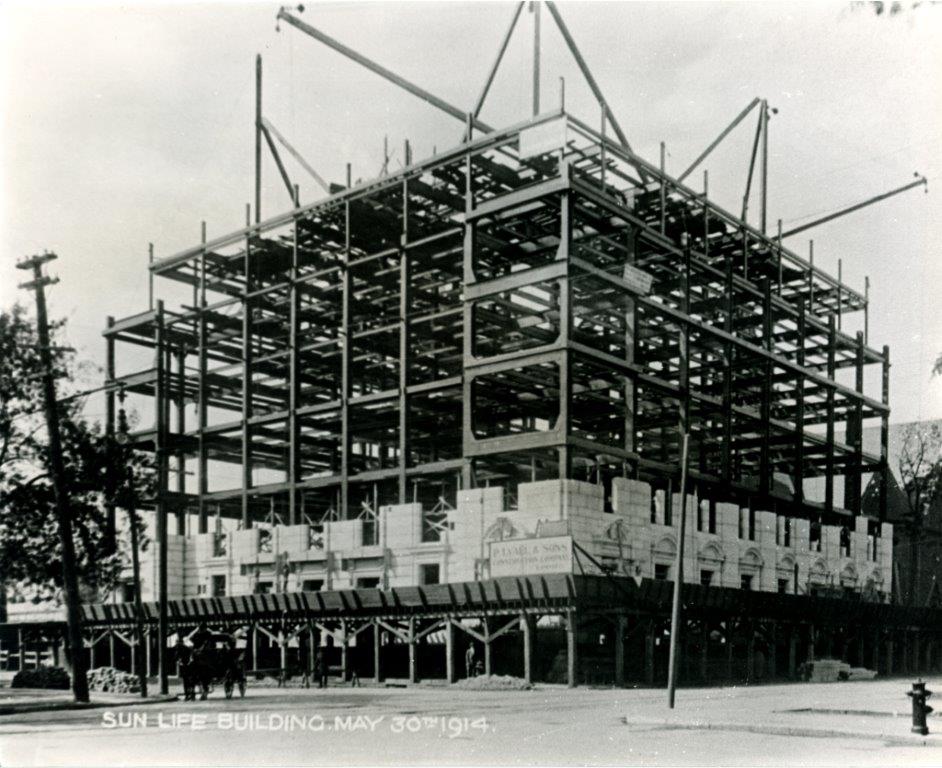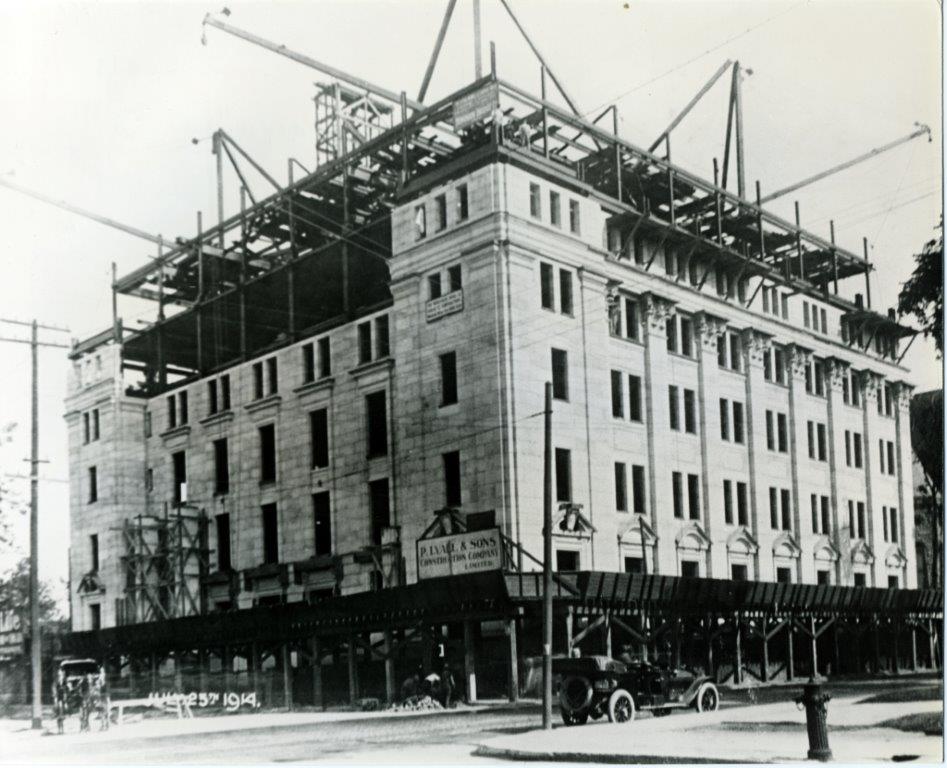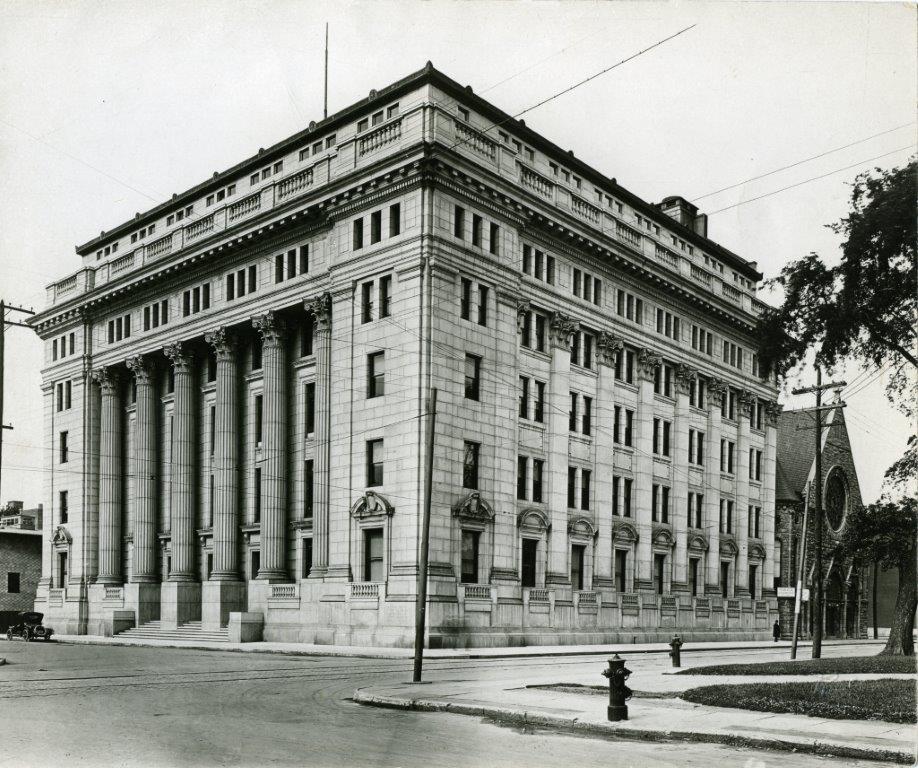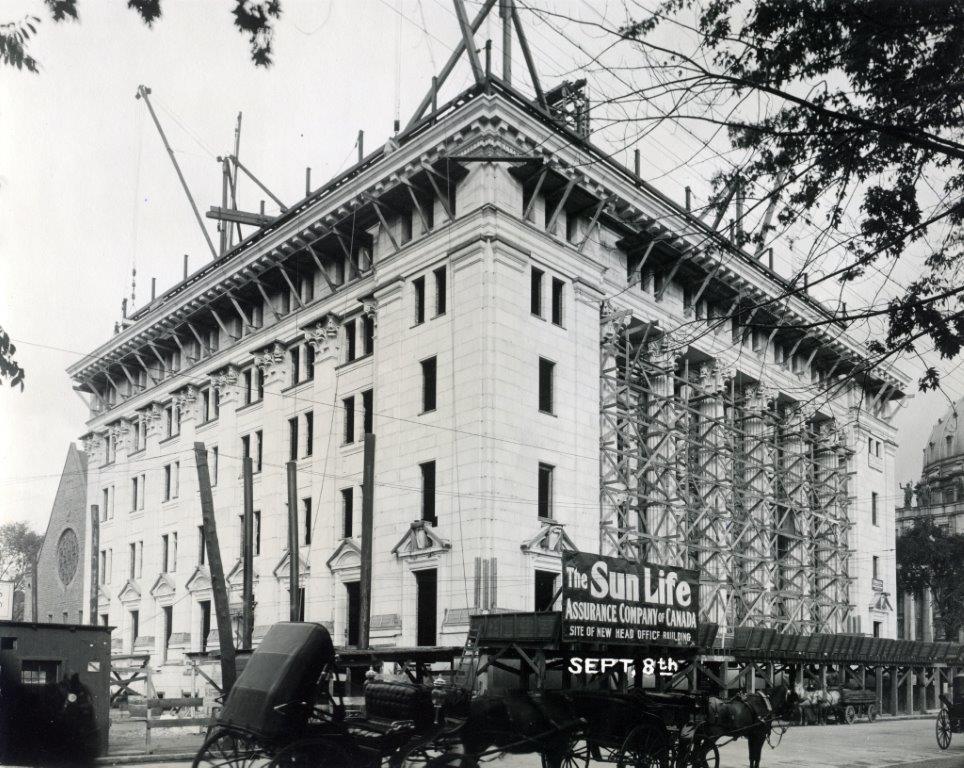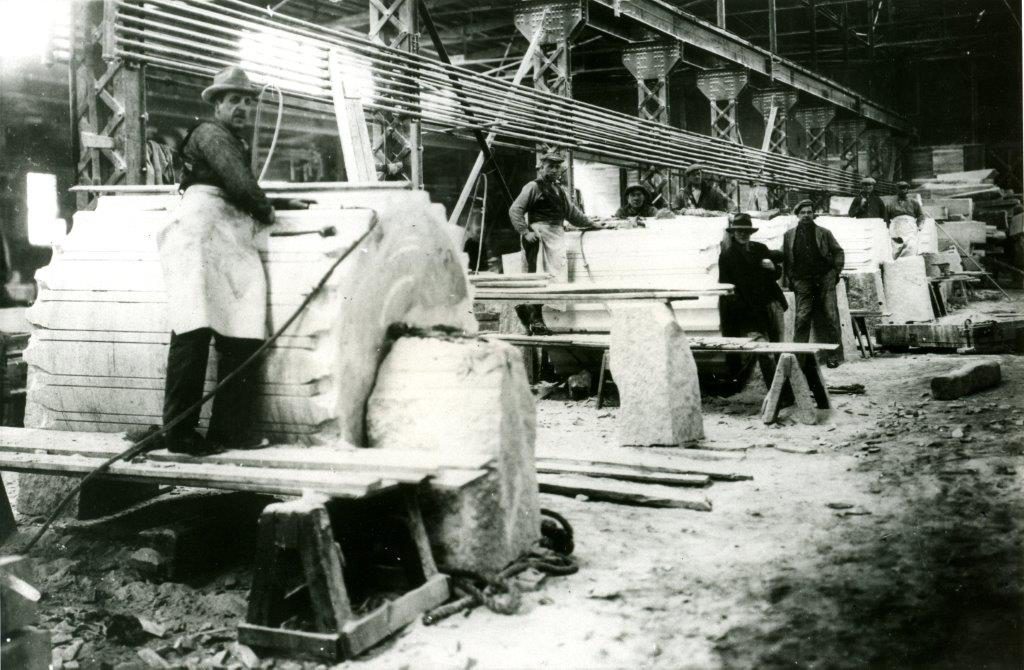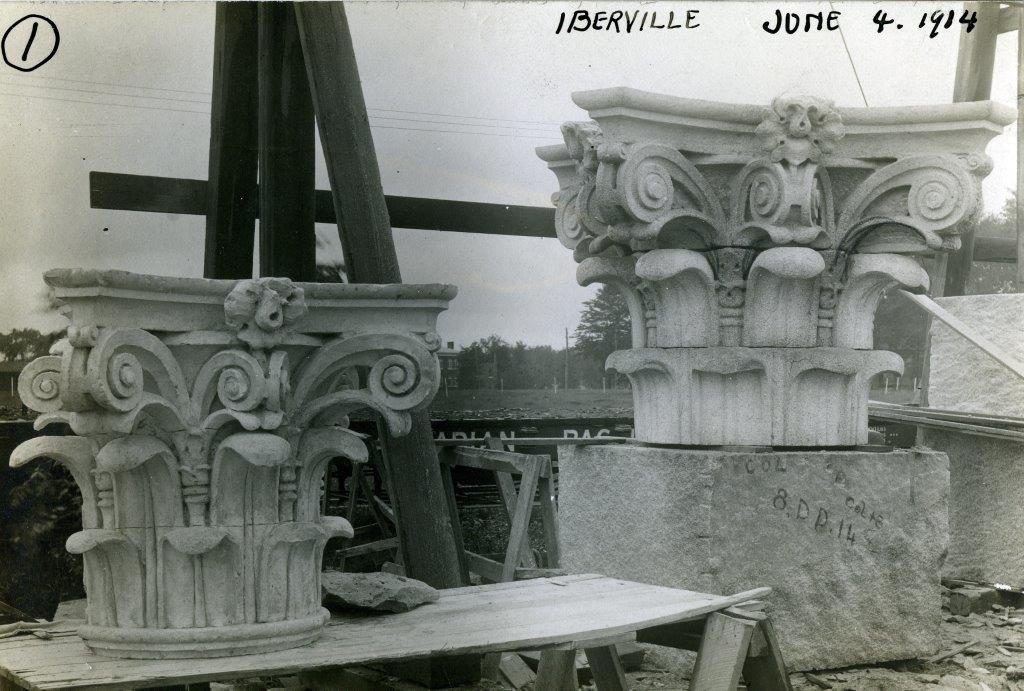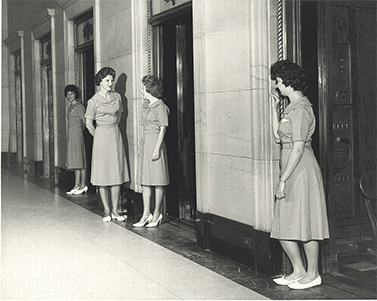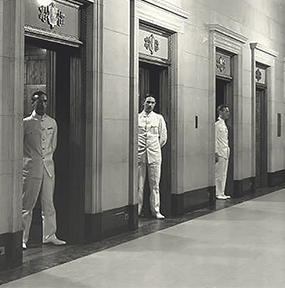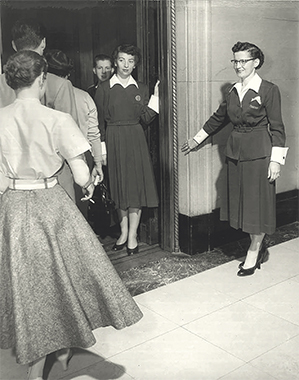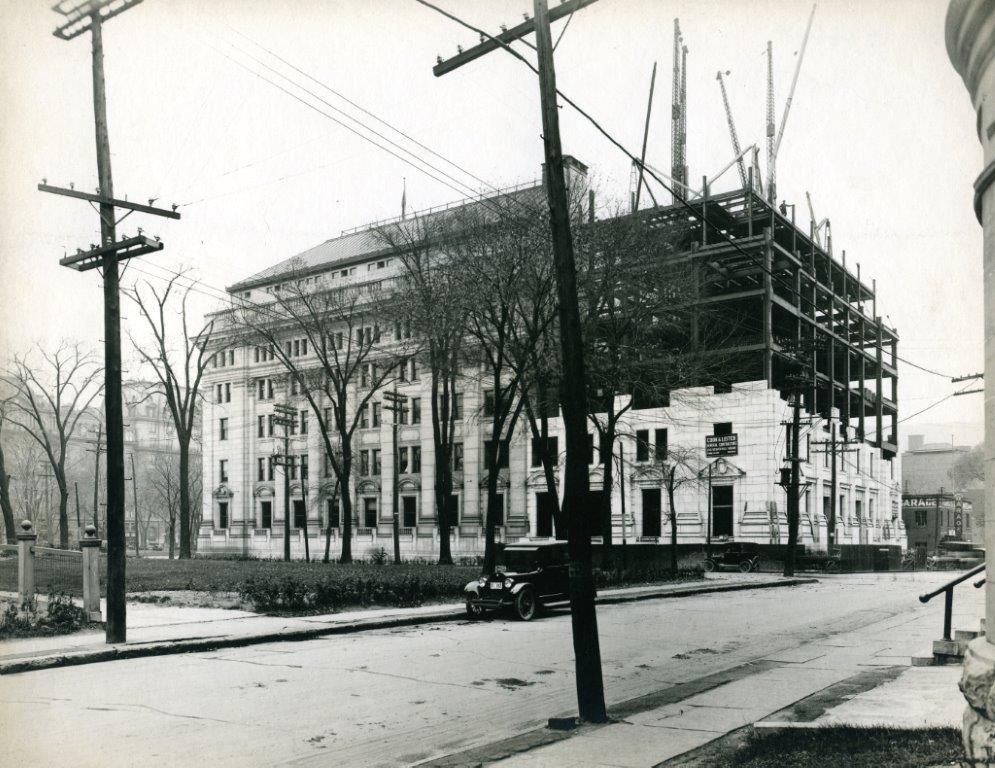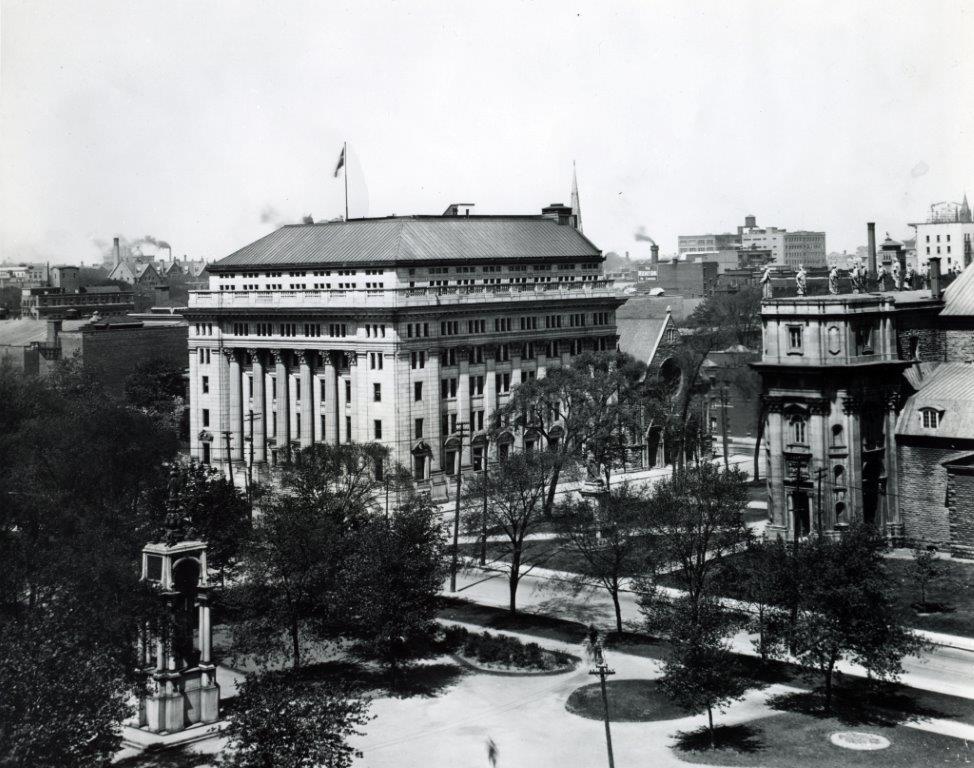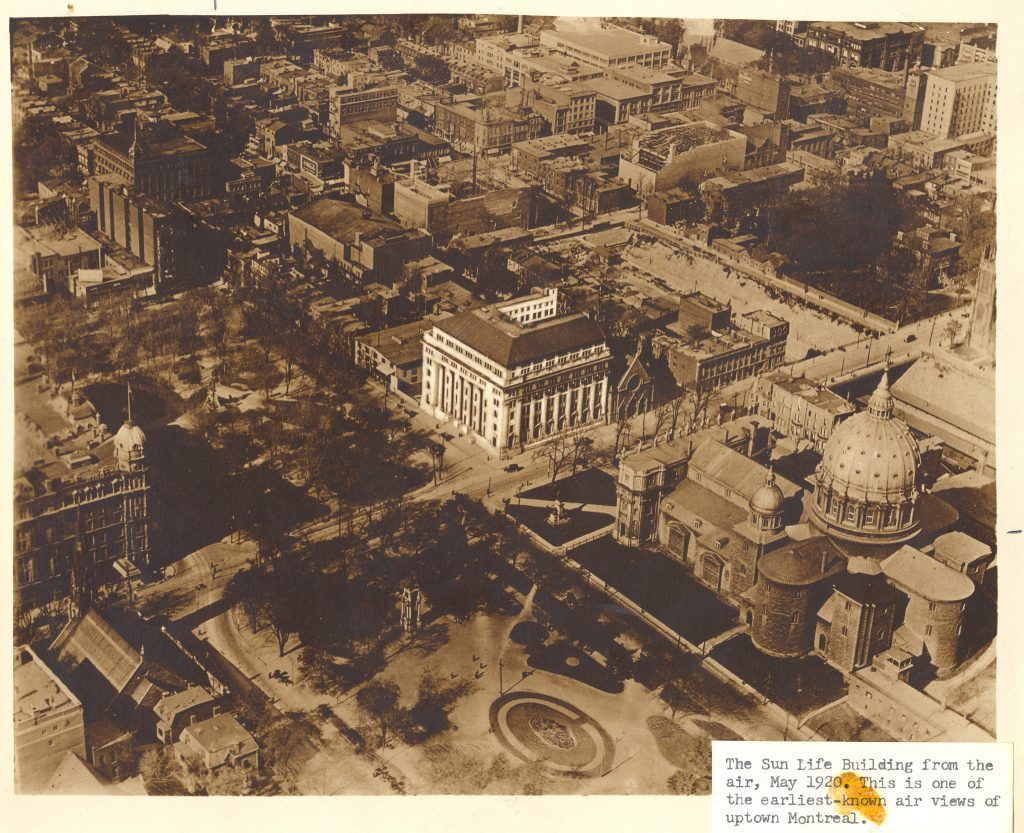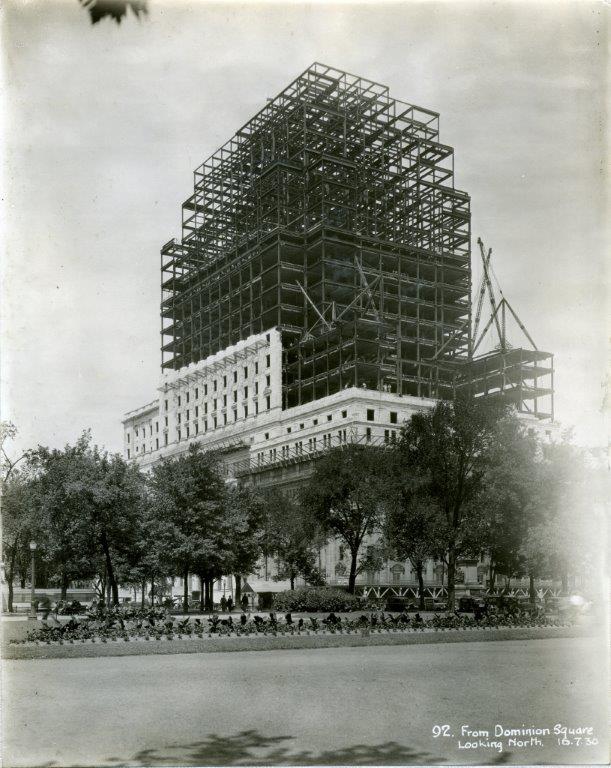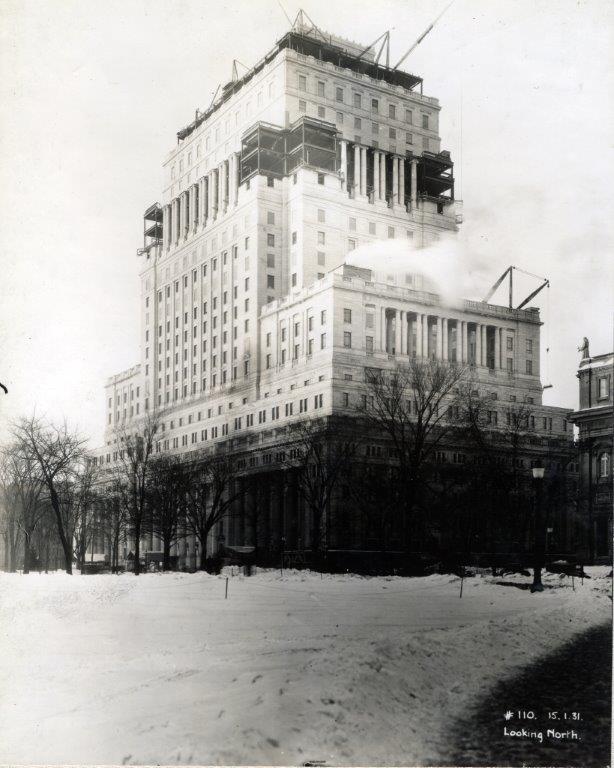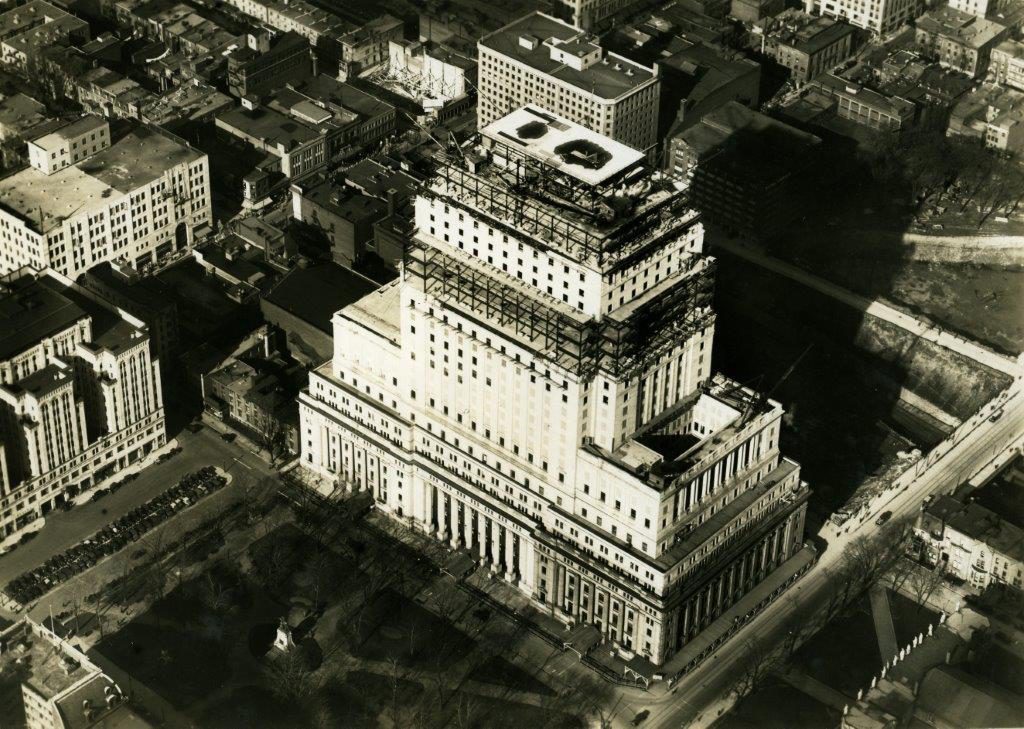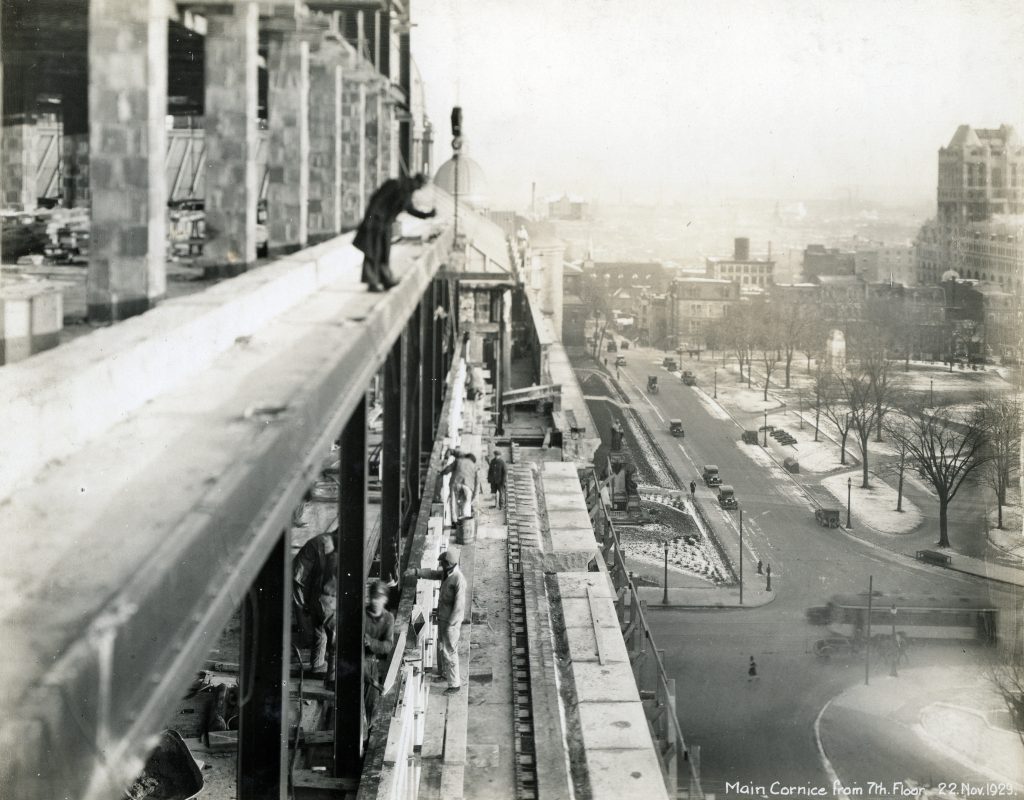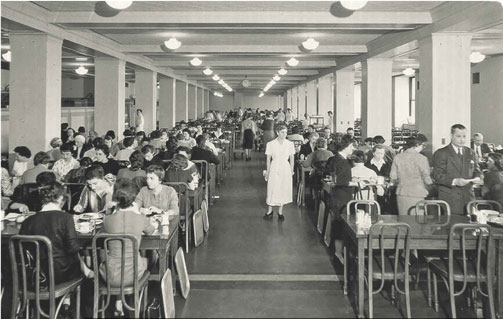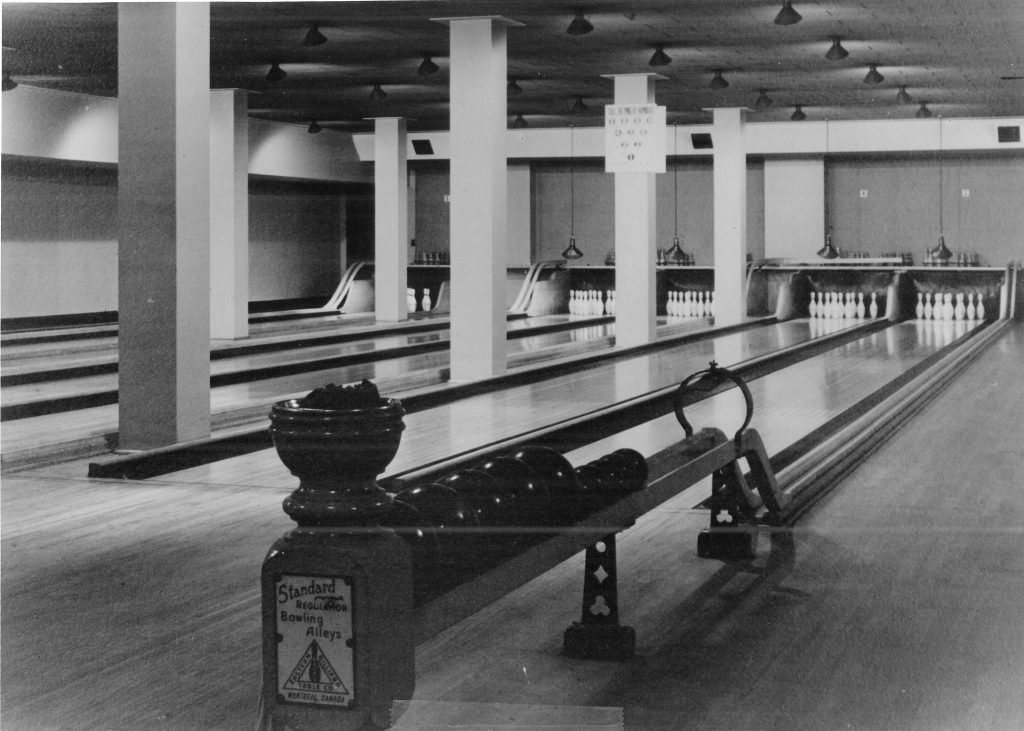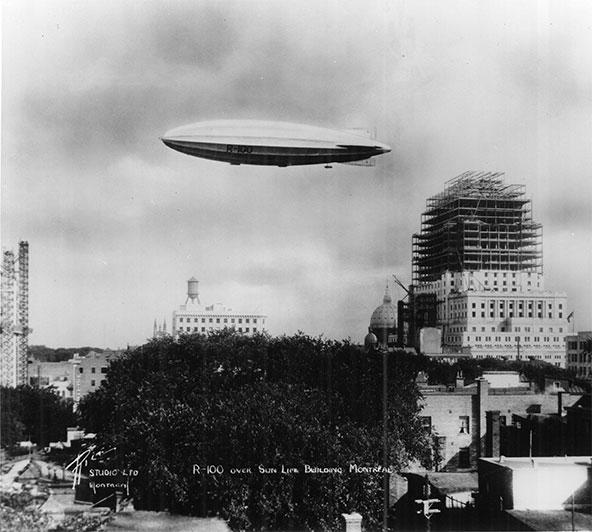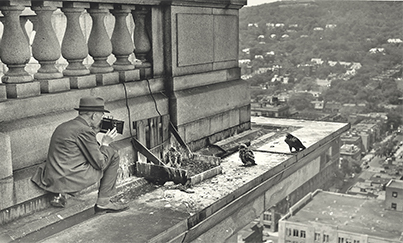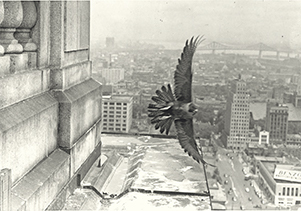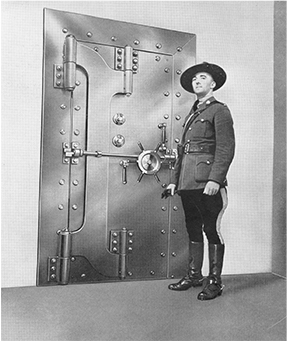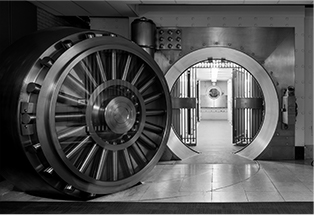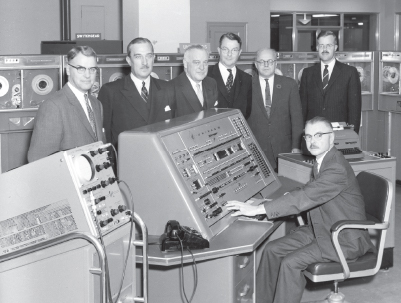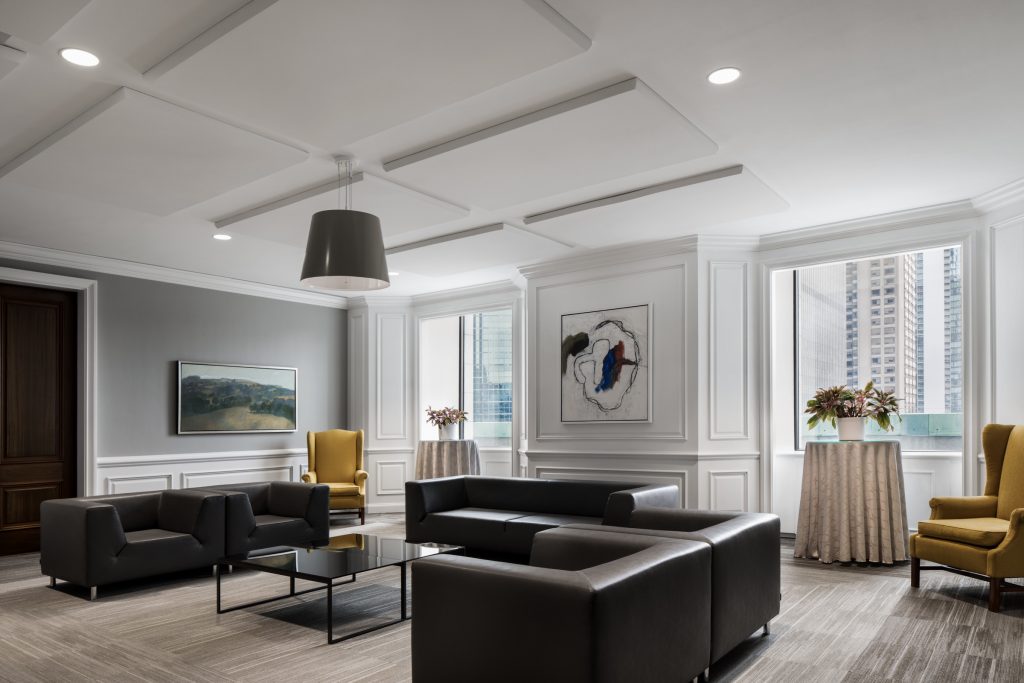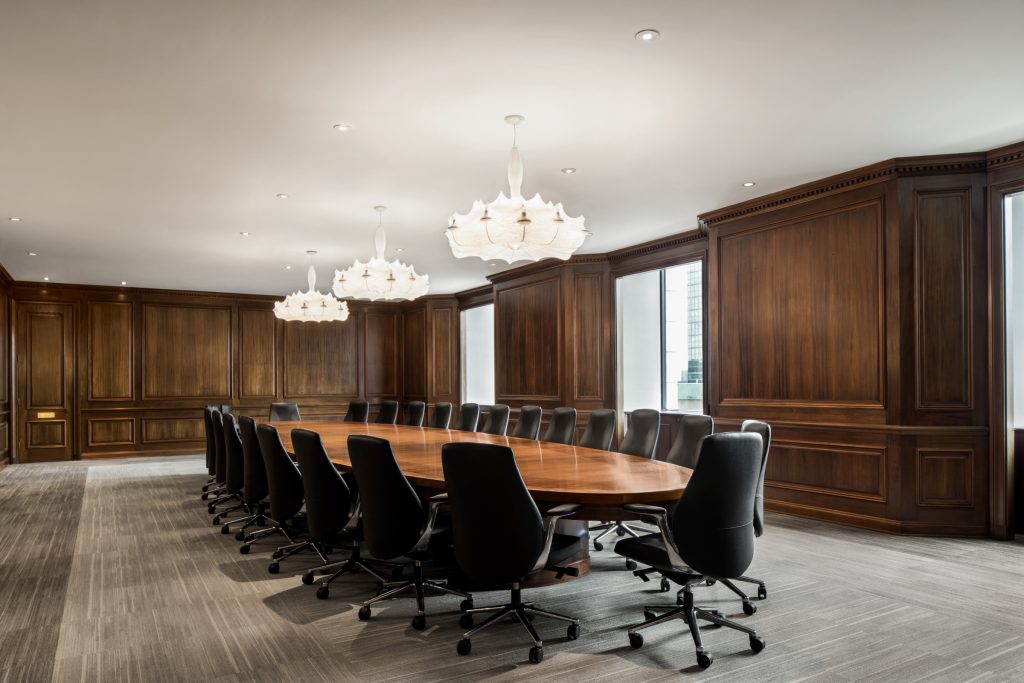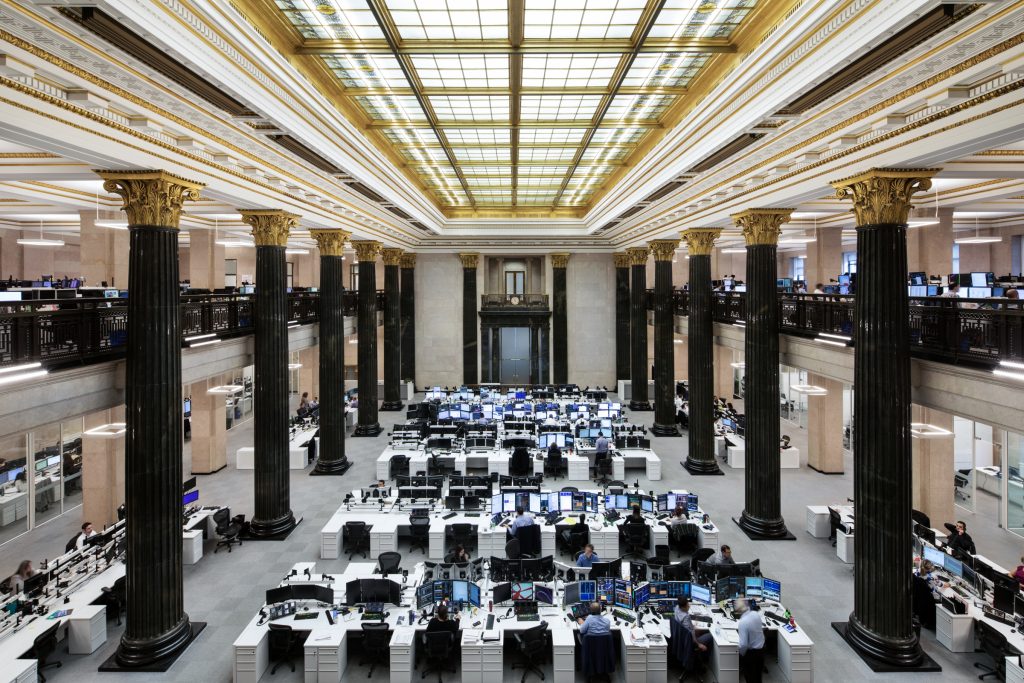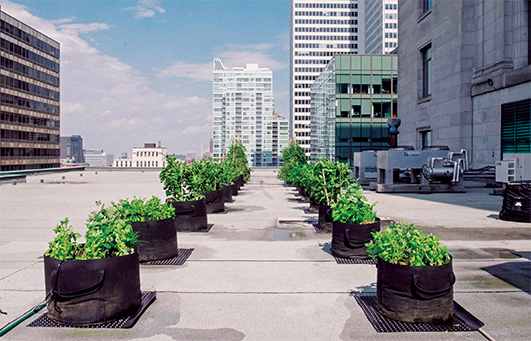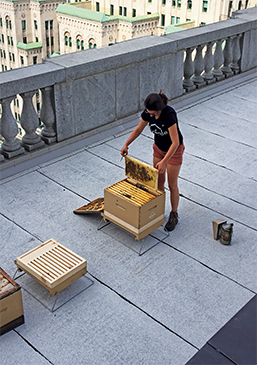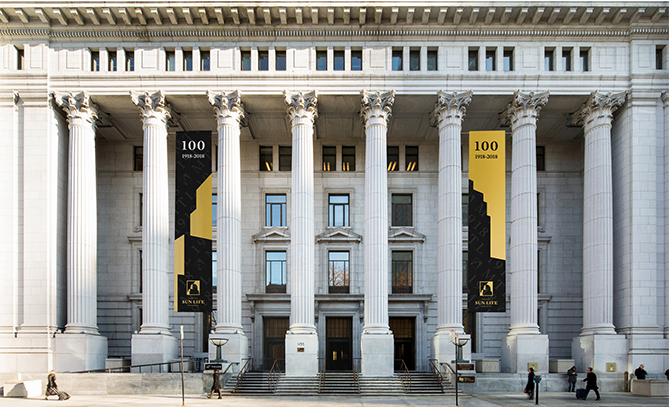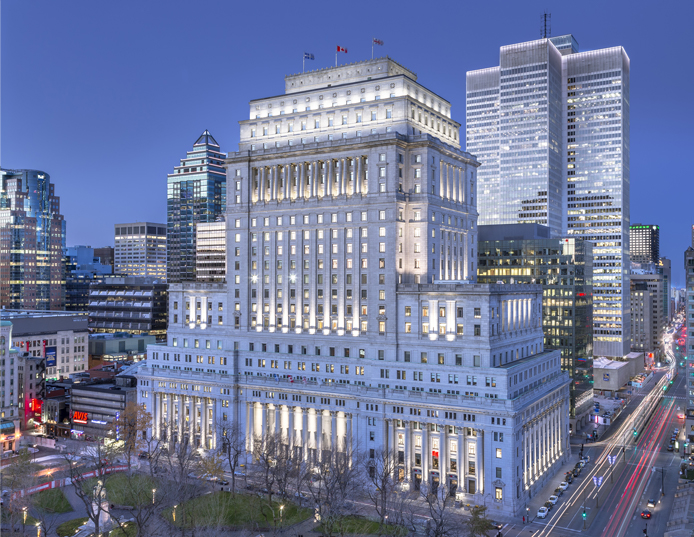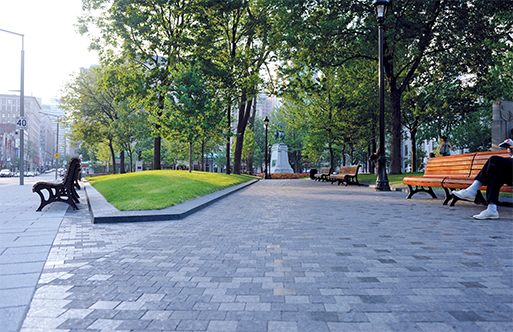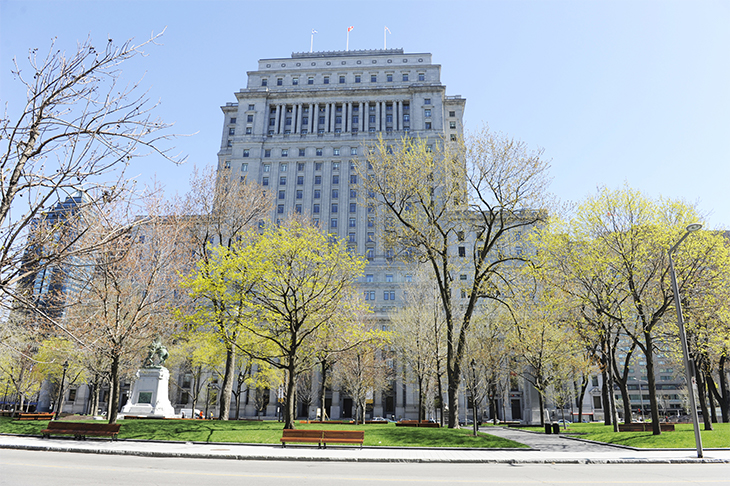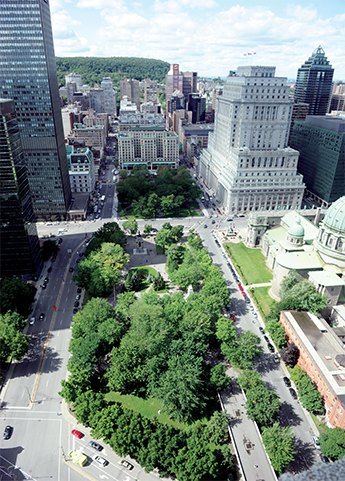Sun Life
is born
Founded by Montréal businessman Mathew Hamilton Gault, the Sun Life Assurance Company emerged during the Victorian era, not long before Canada became a country in 1867.
Dominion Square:
An historic site
The area started out as a burial ground where the first Jewish cemetery in North America was established in 1775, on the site of the current St. George Anglican church. In 1799, the Saint-Antoine Catholic cemetery was established. The City started expanding to the north, and the two cemeteries were soon in the middle of an urban district. They were then moved onto Mount Royal.
+1872 – Dominion Square: An historic site
For public health reasons, the City administration transformed the site into a public park, in order to avoid disturbing the bodies of those who had fallen victim to the cholera epidemic that claimed thousands of lives in Québec between 1832 and 1834.
Construction of the new Mary Queen of the World Catholic Cathedral began in 1870, followed two years later by landscaping work for Dominion Square. The Square was surrounded by the new and most highly sought-after neighbourhood in the City, bordered by houses of worship and Victorian-style affluent homes.
Sun Life in Old Montréal
In May of 1891, Sun Life took possession of its first real Head Office building at the corner of Notre-Dame and Saint-Alexis in Old Montréal. The five-storey building was the first structure in Montréal to be built from metal and to be fireproof. It was paired with the neighbouring Waddell Building.
A new Head Office
Robertson Macaulay joined Sun Life in 1874, and made his career there for more than 40 years. He was given the responsibility of choosing the location and overseeing construction of the Sun Life Building on Metcalfe Street. With Macaulay at the helm, Sun Life experienced unprecedented growth. He was a formidable businessman and a true visionary!
1918
Construction –
Phase I
The cornerstone for the Sun Life Building was laid on May 13, 1914, at the location of the former YMCA building, which was demolished, at the southeast corner of Dominion Square (now Dorchester Square).
Designed by Toronto-based architects Darling, Pearson and Cleveland, the Sun Life Building was completed in 1918. At the time, it had six floors and accommodated 750 corporate employees.
+1914-1918 – Construction, phase I
The Sun Life Building was expanded twice: first during the boom following World War I, between 1923 and 1926; and again between 1928 and 1933, after which it was known as “the largest building in the British Empire”.
Elevator boys,
and girls
When the Building opened in 1918, the elevators were operated by male ‘elevator operators’. During WWII, women took over this position, and continued until 1969, when the elevators were converted from manual to automatic operation.
1926
Construction –
Phase II
In 1923, Knox Presbyterian Church was demolished in order to allow for an initial expansion project that was designed to extend the building eastward to Mansfield Street. This addition was to be completed in 1926, doubling the surface area of the Sun Life Building, which was then able to accommodate 1,300 workers.
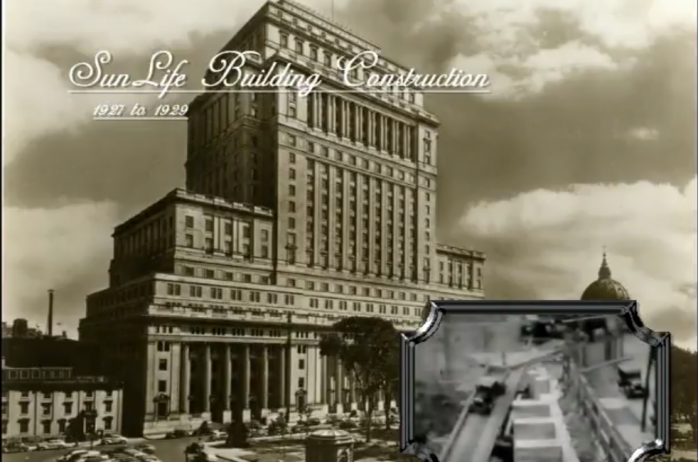
1933
Construction –
Phase III
Sun Life continued to prosper, and the decision was made to begin a second major expansion on the north side in 1929, erecting a 26-floor tower with a height of 400 feet. The services of architects Darling and Pearson were once again enlisted for this project, along with those of A.J.C. Paine, a partnering architect from Montréal.
+1929-1933 – Construction, phase III
Once completed, the Sun Life Building became the tallest building in Montréal, at 122 metres, with a usable surface area of approximately 1 million square feet and the capacity to accommodate 10,000 people.
Life at the
Sun Life Building
The cafeteria in the Sun Life Building opened in 1930, occupying the entire 6th floor. At that time, it operated five days per week throughout the year, serving close to 2,500 meals in 80 minutes. The cafeteria underwent major renovations in 1960, and remained in operation until 1996.
+1930 – Life at the Sun Life Building
Numerous services have been offered on site, including a health clinic on the 8th floor, a rooftop terrace, bowling alleys on the 10th floor, a gymnasium and auditorium on the 7th floor, billiard rooms in the basement and on the 7th floor, and even a shooting range.
1930
Transatlantic flight
of the R-100
“Welcome R-100 to Canada”
The British airship R-100, one of the largest dirigibles in the world (212.7 metres long with a diameter of 40 metres), left London during the night of July 28 to 29, 1930. Transporting seven passengers and 37 crew members, it began its transatlantic journey and arrived in Canada after flying 6,000 kilometres over a period of 79 hours. It was docked at a mooring mast at Saint-Hubert Airport.
+August 1, 1930 – Transatlantic flight of the R-100
The arrival of this “Titanic of the sky” was met with unbridled enthusiasm. During its twelve-day stay in Québec, tens of thousands of people rushed to see it, causing massive traffic jams on the Harbour Bridge (now the Jacques Cartier Bridge).
The Sun Life Building played a part in greeting the flying cruise ship, welcoming the travellers by unfurling a massive banner that read “Welcome R-100 to Canada” across the three top floors of the Building, which was under construction at the time.
Scarlet
In the spring of 1936, a couple of peregrine falcons were spotted flying around the Sun Life Building. This was a rare occurrence in an urban environment, and the first time any peregrines had ever been seen in Montréal, as the species is much more likely to be patrolling a mountainside than a downtown cityscape.
+1936 – Scarlet
The female, named Scarlet, chose to set up residence on the 20th floor of the Sun Life Building. Two years later, in 1940, she laid her first eggs. In an effort to facilitate the hatching of the eggs, a wooden nesting box was built for Scarlet and filled with sand and gravel to simulate her natural habitat.
The operation was a resounding success! Scarlet laid a total of 50 eggs between 1940 and 1952, when she was last seen, and 26 of those eggs hatched. The world-famous falcon shared her life with three separate companions during her long-lasting tenancy on the upper levels of the Sun Life Building.
Taking its place
in history
The Sun Life Building took on an extremely important role during WWII. In what was known as “Operation Fish”, the UK secretly stashed its gold reserves and foreign marketable securities in crates marked “Fish” and shipped them across the North Atlantic Ocean to Canada.
+1940 – Taking its place in history
This fortune, which was assessed at $5 billion, was transported to Halifax and then forwarded to Montréal and Ottawa by train. The marketable securities were stored at the Sun Life Building in the safe room at the 3rd basement level, and guarded day and night by the Royal Canadian Mounted Police.
It has also been rumoured that the Royal Family used the safe to store the British Crown Jewels, but this turned out to be an urban legend. The vault has since been replaced by parking areas.
The first computer at the Sun Life Building
On May 30, 1958, the Sun Life Building took delivery of its very first computer: a Univac II manufactured in Saint Paul, Minnesota. It took a convoy of four trucks a full week on the road to transport and deliver the 22-ton machine to Montréal. The computer was installed on the 4th floor of the Building in a 2,000 m2 room, and was capable of executing 5,000 commands per second. Today’s computers process many billions of operations per second.
A Carillon to commemorate
the 100th anniversary of confederation
In 1964, Sun Life Financial purchased a carillon that was erected to celebrate the Canadian Centennial. Millions of visitors had an opportunity to admire it during the 1967 World Fair in Montréal, as it was installed on the site for the event.
+1967 – A Carillon to commemorate the 100th anniversary of confederation
Nicknamed “the voice of Expo”, the Carillon was installed inside the Tour de Lévis on Île Sainte-Hélène. It marked the opening and closing of each day of the Fair by playing a tune entitled “Un jour, un jour”. At the end of Expo, it was permanently installed inside the Head Office tower in Montréal.
The music from the Carillon was originally produced by a system comprising some 671 metal bars and hammers. Unfortunately, it suffered significant damage during the 1998 ice storm, and today, the Carillon is more of a virtual reality, with the sounds being produced electronically and a digital repertoire of more than 500 songs.
The Carillon itself no longer exists, but speakers on the 11th and 26th floors of the Sun Life Building sound the 12 strokes of noon and broadcast a 20-minute concert at 5:00 p.m. every day.
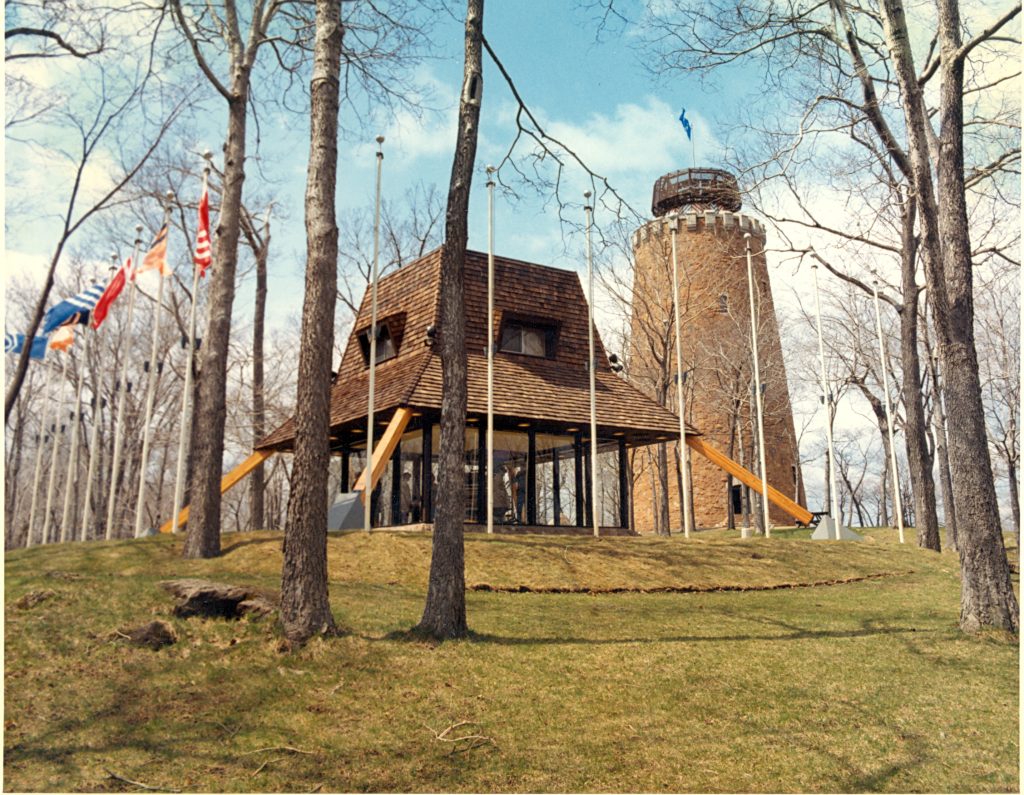
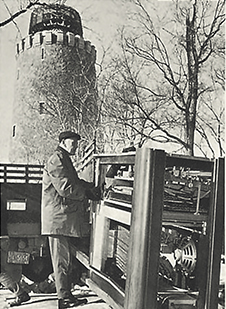
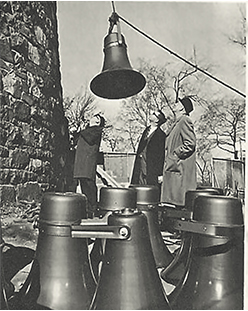
Major work: Renovations, modernization and upgrades
From 1986 to 1999, Sun Life of Canada implemented a major upgrading and renovation project throughout the Building, earmarking $150 million for its completion.
+1986-1999 – Major work: Renovations, modernization and upgrades
The renovations were carried out in three phases, starting with the upgrading of all facilities and systems (mechanical, electrical and lighting), followed by the replacement of the Building’s 1,600 windows and the modernization of the elevators, etc. Fully renovated, equipped with the most advanced technology and furnished in keeping with the highest standards, at the completion of this major upgrade, the Sun Life Building strode confidently into the 21st Century.
Renovation of the Conference Centre
A marriage of finesse and elegance, the Sun Life Building Conference Centre represents a new work space that now features a resolutely contemporary aesthetic. Some rooms have preserved their exquisite wood paneling, which exudes the opulence of days past.
The Grand Hall
The Grand Hall is one of the most exceptional rooms in the Sun Life Building in terms of architecture. With a surface area of close to 3,000 m2 (approx. 31,000 sq. ft.), it was built during the first phase construction, which lasted from 1914 to 1918.
+2016 – The Grand Hall
This one room is a testament to all of the materials that contribute to the beauty and prestige of the Sun Life Building. Its vast size takes up two floors, separated by a mezzanine that is girded by a bronze railing and supported by twelve columns. Constructed from syenite marble, these Corinthian columns are adorned with terracotta capitals enhanced with a matte gold finish.
Today, the Grand Hall houses the National Bank Financial Markets offices. A major renovation project was carried out in 2016. The once darkened vast glass skylights were cleaned and fitted with new energy efficient lighting fixtures, allowing the newly rejuvenated space to be flooded with light. In 2017, this project garnered a Lighting Award from IES (Illuminating Engineering Society) Montréal.
A vegetable garden and beehives!
The roof of the Sun Life Building is now home to its own ecosystem. Thanks to MicroHabitat, vegetables, fine herbs and edible flowers are grown there, and the harvested produce is donated to charitable organizations, while the garden itself helps to reduce heat islands.
Bees from two hives installed on the 11th floor roof by Alvéole produce honey and contribute to pollination in an urban setting.
The Sun Life Building celebrates its 100th anniversary!
A number of activities and celebrations were held in the common spaces at the Sun Life Building to commemorate its 100th anniversary and its exceptional heritage character, including an exhibition retracing the various phases of construction, window dressings depicting historic events that helped shape its history, guided tours and the installation of informative displays to highlight the Building’s remarkable architectural detail.
2019
The Sun Life Building receives a prestigious award
“2019 Illumination Award of Excellence for Outdoor Lighting Design”
By far the most important legacy associated with the 100th anniversary of the Sun Life Building was bestowed upon the co-owners, Sun Life Financial and Groupe Petra, who invested more than $1 million in 2018 to install an energy efficient outdoor lighting system that illuminates the entire Building and showcases its unique and impressive architecture when night falls.
+Dorchester Square
Dorchester Square is among the City’s most iconic green spaces. Along with Place du Canada, it constitutes a large public space that occupies 11,000 m2 in the heart of downtown Montréal. It was originally named “Dominion Square” in 1872, to commemorate Canada’s Dominion, when four provinces formed the Canadian Confederation in 1867.
+2019 – Dorchester Square
Dominion Square was renamed “Place du Canada” in 1967, and the northern section was designated as “Dorchester Square” in 1987. At the beginning of the 20th Century, Sun Life Assurance Company of Canada, which had been located in Old Montréal, decided to move its new Head Office to the hotbed of modern life at the time. 100 years later, the Sun Life Building still towers majestically over Dorchester Square.

